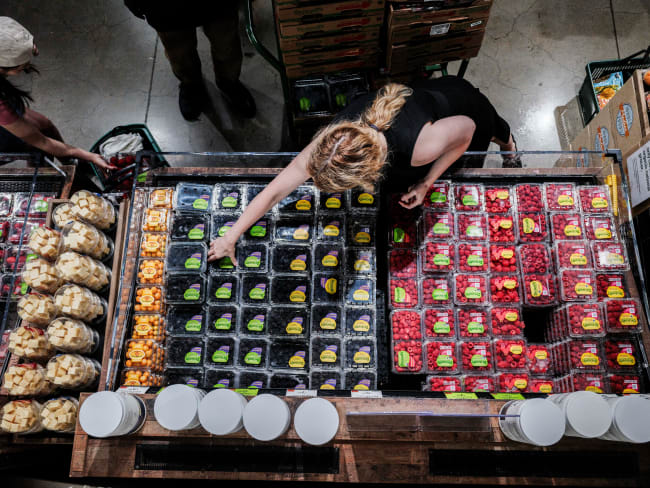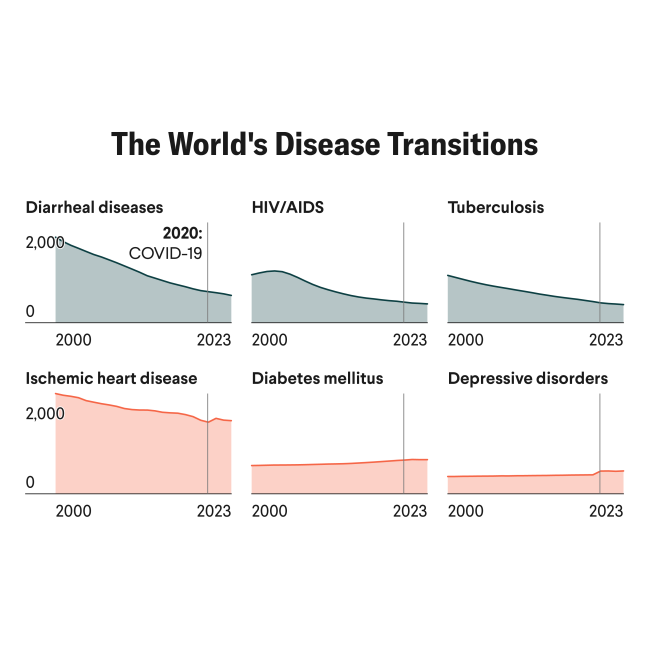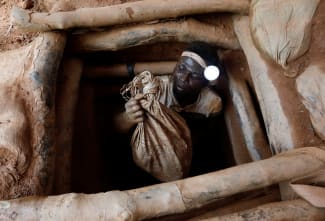Dr. Jennie Wei is an internal medicine physician at Gallup Indian Medical Center in western New Mexico, close to the border with Arizona and primarily serving the nearby Navajo Nation. Having served there since 2012, treating outpatients in a primary care setting and inpatients admitted to the hospital, she has developed a deep appreciation for the challenges her patients face, and their resilience despite generations of mistreatment.
She spoke with Think Global Health about her experience of the pandemic and its aftershocks.
□ □ □ □ □ □ □ □ □ □ □ □ □ □ □
Think Global Health: How did the experience of the pandemic further open your eyes to the nature of the disparities between Native and non-Native people?
Jennie Wei: I think it's a good thing that I still have not gotten used to the disparities that people in this area face.
We were hit extremely hard, and in many ways, COVID exacerbated already existing health inequalities.
Gallup was hit very hard by COVID. But if you look at the data, it's not surprising. McKinley County has the highest possible score you can get on the CDC's social vulnerability index–certainly the highest in New Mexico. We were hit extremely hard, and in many ways, COVID exacerbated already existing health inequalities. Patients with chronic diseases like diabetes, liver disease, cirrhosis, had increased risk of complications and deaths due to COVID. Those conditions already afflict American Indians and Alaskan Natives at higher rates than the general population. Certainly, we also see higher rates of mental illness and substance use disorders [in those populations].
Those people were also disproportionately impacted by the pandemic, partially given the decreased access to necessary care. Counseling and group- and peer-support were nonexistent because we were all supposed to be isolating. Those living in more rural areas with unreliable access to the internet weren't able to engage well in the telemedicine services that we tried to set up. I hear from my patients who are teachers, that [lack of access to] virtual learning in the school system continued to widen the gap of education disparities, as well.

Think Global Health: What were the mechanics of how the pandemic led to those disparities?
Jennie Wei: One of the most beautiful things about Dine/Navajo culture is the emphasis on the multi-generational home and multi-generational families. Unfortunately, when people live together in small areas, that is the perfect way to spread COVID.
Some of the challenges we have with substance use disorder [were compounded by the pandemic, as well]. Because Navajo Nation is a dry reservation, many people come into town [to drink alcohol]. If they're intoxicated and are not safe to go home, they can end up in our detox facility. In April 2020, there was an index case [of COVID] in the detox facility [and] over one hundred people exposed. When those people [went] back to their multigenerational homes across the reservation, it [was] unfortunately a recipe for a significant outbreak.
Think Global Health: Did anything in your experience during the pandemic really bring home the scale of harm that was occurring?
Jennie Wei: Because of our limited bed availability and limited staffing, there [were] times when patients [came] to our hospital and we [didn't] have enough capacity to be able to admit them. Our colleagues in the emergency department would say that they would wait days for a bed. They would call upwards of fifteen to twenty hospitals to see if they had any bed capacity. We were calling far beyond the state—Arizona, Colorado, Texas.
There was a time when there were so many deaths in Gallup, we ran out of morgue space.
Because so many of our patients require high-flow oxygen, the oxygen companies in town ran out of tanks to support our demands.
Think Global Health: What are some of the lessons you learned about how to better support your patients during the pandemic, and maybe by extension, Navajo patients or Native populations in general?
Jennie Wei: We know that social vulnerability is going to lead to high rates of hospitalization, mortality, and morbidity.
During COVID, and in post-COVID times [even] more so, understaffed hospitals are a large issue. People left health care, including behavioral health services. COVID brought a significant amount of grief and a tragedy that we [health care practitioners] still see and we're still trying to cope with. It's overwhelming. And I think those are the things we need to address in health care.
Being able to bill for telemedicine service is [also] extremely important, [and] something that I wish we had pre-COVID. Now, I'm able to access and talk to my patients, even if they can't make it in for an appointment. It also highlights the importance of really needing to increase broadband.
Think Global Health: Both in your anecdotal experience as a clinician and from what you've read of the research, is there any reason to think Native communities are experiencing a higher prevalence of post-COVID side effects or higher rates of illness exacerbated by COVID-19?
Jennie Wei: I'm not sure if it's disproportionately higher among our population, but across the country, we're seeing the highest rates of substance-use-related complications because of the dire lack of mental health services.
Thankfully, we're starting to adjust. There are a lot more online Alcoholics Anonymous meetings, online Zoom support groups, peer support groups, things like that. So hopefully those will start to lower these high rates [of complications], but only if we are able to get folks the broadband and the technology to be able to keep up with the changing world of telemedicine.
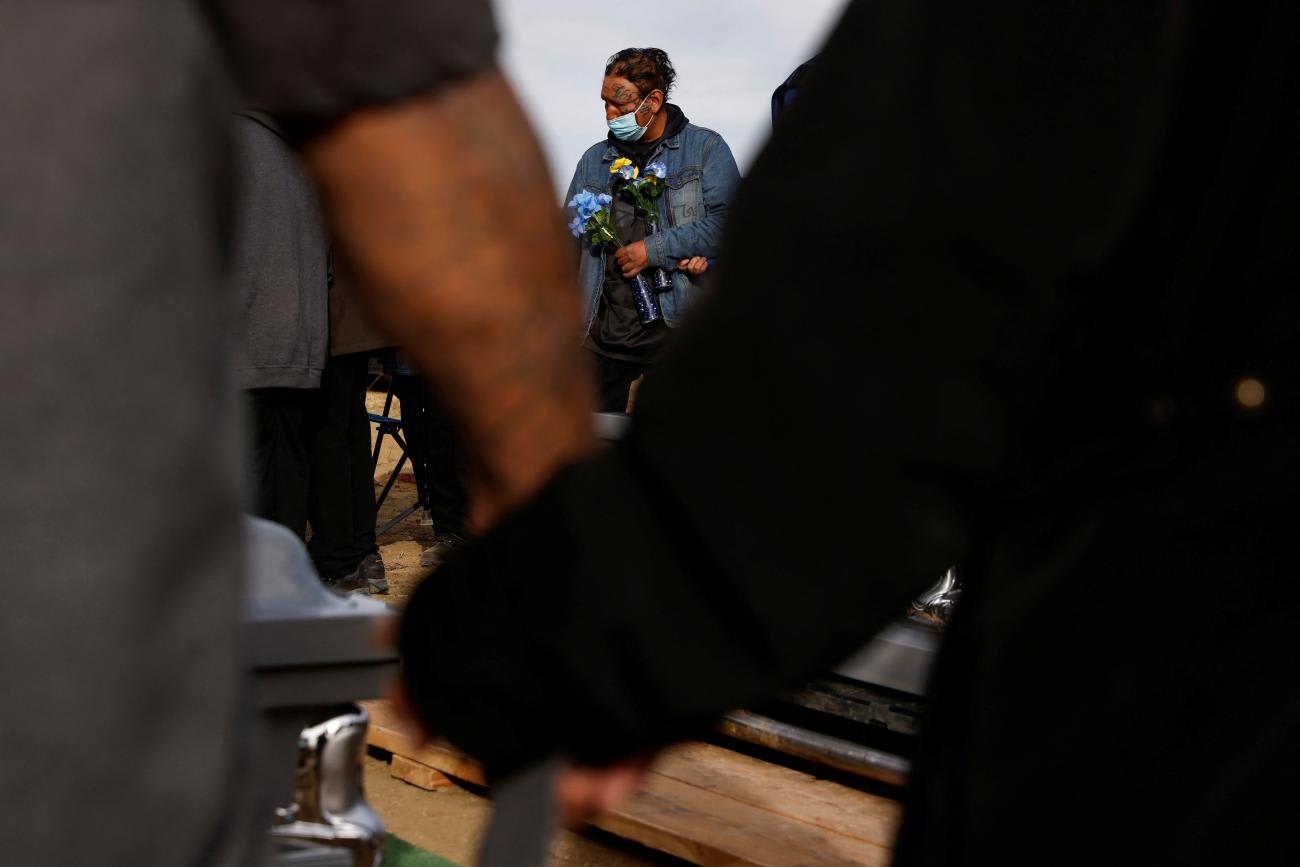
Think Global Health: Some people have voiced increasing skepticism about vaccines. It's complicated, but it's occurring all over the globe. How did the pandemic affect your patients' views towards vaccination and towards the public health system?
Jennie Wei: I don't think our patients are immune, and in certain cases, have a very understandable reason to distrust the health-care system. That being said, we have some of the highest rates of vaccination, especially early on. Through drive-thru clinics and outreach efforts, we really tried to make sure that people were able to get the vaccine.
Because of the limited bed availability, especially during the pandemic, it wasn't guaranteed that someone who was sick and needed to be cared for in the hospital would be easily admitted. So that's why I think basic, evidence-based public health interventions like masking and vaccination were so highly [sought after] in Navajo Nation and in our communities and within Indian Health Service, and [by] tribal leadership.
Think Global Health: Oftentimes, we don't look at the strengths and resilience of communities that face adversity and learn from their innovation and courage. What can other communities learn from what Gallup and Navajo Nation accomplished during the pandemic?
Ultimately, we housed over 2,000 individuals from March 2020 to May 2023
Jennie Wei: I'm really proud of our hotel program. Because we already had multi-agency group meetings regularly to discuss folks with substance use disorders, we were able to very quickly put together a program where we started a medical home in hotels across the city. After the initial outbreak at the detox facility, we expanded to four motels with 140 to 160 patients per day [in each]. We had an incredible number of volunteers who came from all over the country to provide support. Ultimately, we housed over 2,000 individuals from March 2020 to May 2023, when the public health emergency ended. We were one of the first programs to open with this model in the country and continued operating throughout the pandemic, because of how committed we are to delivering care.
I'm [also] really proud of the way that we were able to come together. This was partially from the existing community collaboration. Since 2015, we would meet monthly with many of the town's organizations, so it was easy to know who we could pull in to help. And [to] continue efforts as we go forward, to make sure that we're collaborating and not working in silos.
The Indian Health Service and the tribes have this great system of outreach: they have trained representatives from the community to check in with patients. Those models are something that can be used in urban settings.
Think Global Health: Looking toward the future, what can be done to better mitigate the disparities between Native and non-Native communities?
Jennie Wei: These are existing inequalities that we've seen [for a long] time. Housing with access to running water and electricity and substance use treatment programs will hopefully [improve] the outcome of the next public health emergency.
There need to be more efforts—which honestly come through funding—to tackle these huge disparities. We have great ideas that we talked about weekly at our meetings, but without [the funds to pay] the workforce to put [on] these programs and attract providers to come to these areas, it is challenging. We do have the infrastructure and the community support and the collaboration to be able to make some of these things happen, should we have some of those funds.
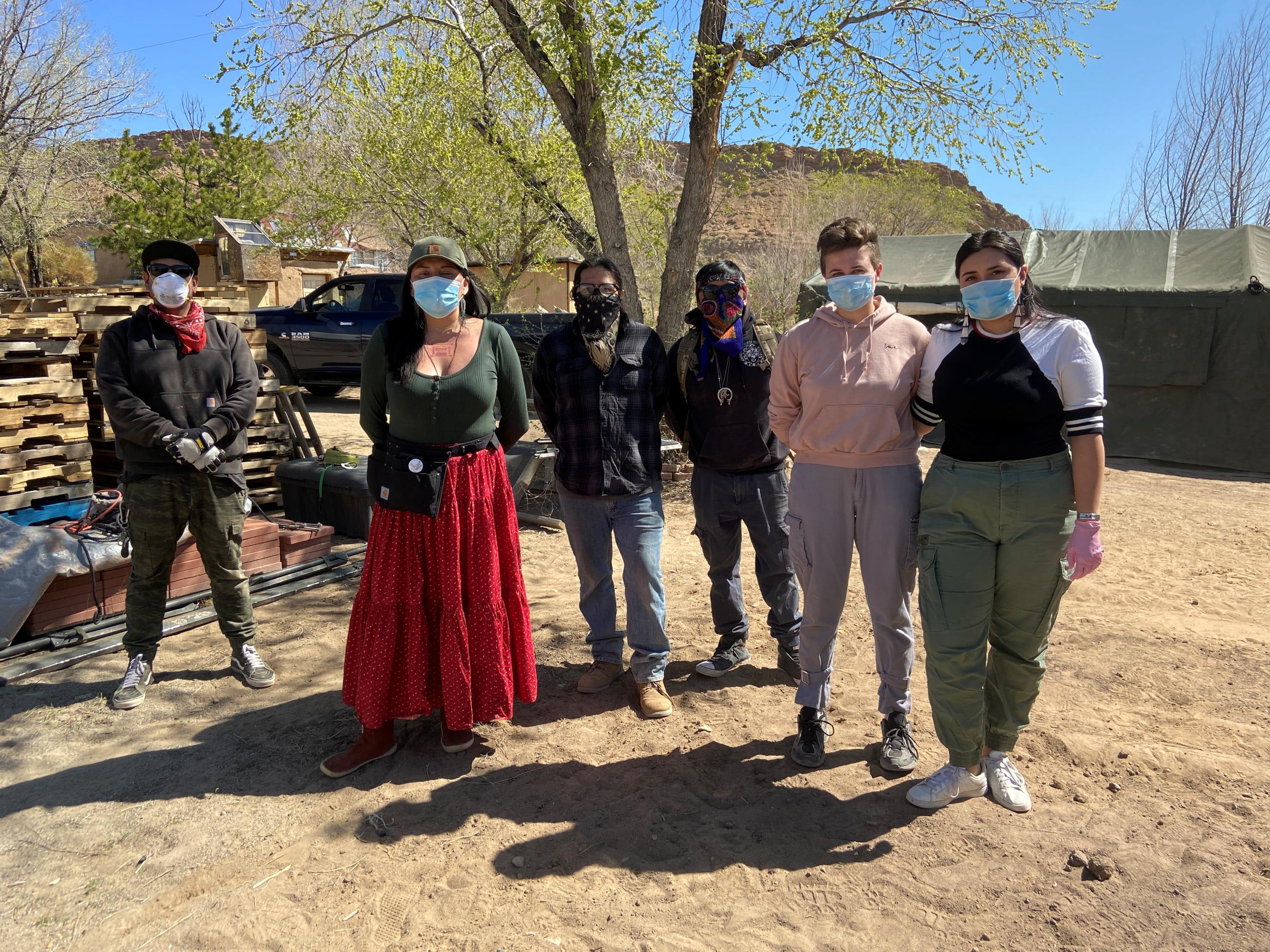
EDITOR'S NOTE: This interview was conducted via Microsoft Teams and hads been edited for length and clarity.



